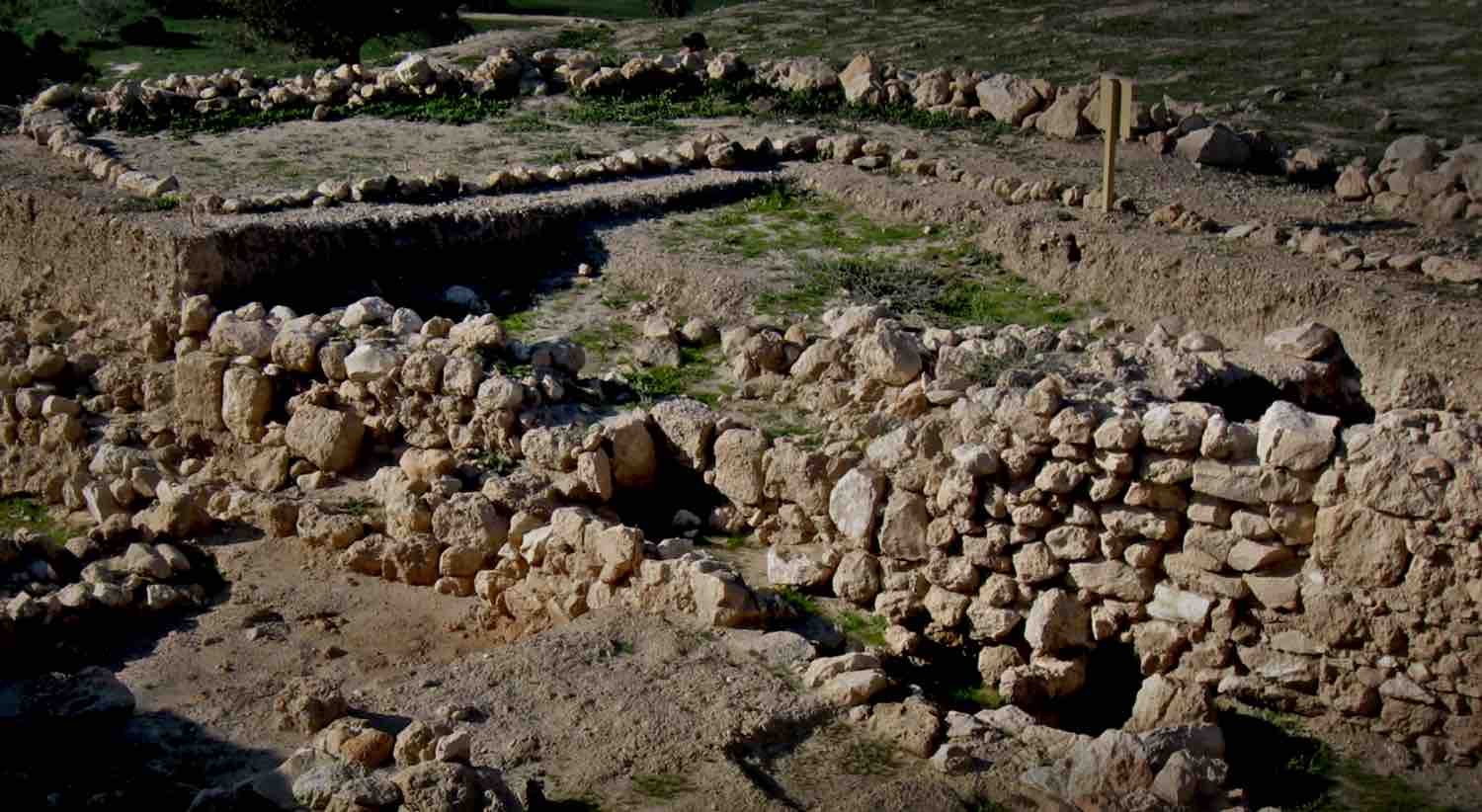Recent research has revealed a novel archaeological technique called thermal demagnetization may offer new insights into the conquest of Gath by King Hazael of Aram, an event described in the Second Book of Kings of the Bible.
In a study published in the journal PLOS One, a team of scientists from Israel employed a novel technique called thermal demagnetization to analyze and understand the historical data preserved in ancient burnt materials.
By examining the magnetic fields preserved in thousands of years-old mud bricks, researchers demonstrated that thermal demagnetization could be used to estimate an object’s original firing temperature.
Likewise, the technique can reveal whether the artifacts have experienced heat more intensely than expected during manufacturing.
The core of the technique lies in its ability to identify and estimate the heating temperatures of archaeological materials, specifically those burnt below ~500°C. Traditional methods fall short in this area, limiting interpretations and often leaving historical puzzles incomplete.
However, researchers say that stepwise thermal demagnetization can identify low temperatures in burnt materials and reconstruct their orientation during burning.
“Throughout the Bronze and Iron Ages, the main building material in most parts of the Land of Israel was mud bricks. This cheap and readily available material was used to build walls in most buildings, sometimes on top of stone foundations,” co-author and professor at Sonia & Marco Nadler Institute of Archaeology at Tel Aviv University, Dr. Oded Lipschits, explained. “That’s why it’s so important to understand the technology used in making these bricks.”
Researchers demonstrated the effectiveness of thermal demagnetization by applying the technique to mud bricks recovered from the ancient Philistine city of Gath.
Archaeologists believe Gath was the Southern Levant’s largest and most influential city during the 10th and 9th centuries BCE. The remains of Gath are generally considered to be located within the Tel Zafit (translated in English to White Hill) National Park, located roughly 22 miles from Hebron in southern Israel.
Gath appears numerous times throughout the Hebrew Bible, including being mentioned as one of the five main Philistine cities in the Levant. In Second Samuel (21:18-22), the city is mentioned as the home of Goliath, the Philistine giant defeated in single combat by a then-boy King David.
According to Biblical accounts, Gath was destroyed by the Aramean King Hazael during a war against the forces of King Jehoram of Israel and King Ahaziah of Judah sometime around 830 BCE. “About this time, Hazael, King of Aram, went up and attacked Gath and captured it. Then he turned to attack Jerusalem,” reads the text from 2 King 12, 18.
In light of the Biblical record, scientific proof validating the violent destruction of Gath has remained elusive.
Previous research proposed that bricks excavated from the site believed to be ancient Gath did not reveal evidence of fire damage consistent with the city being destroyed in a siege. Instead, researchers proposed the evidence showed signs of the mud bricks being fired in a kiln before construction.
Lead author of the recent thermal demagnetization study and professor at the Sonia & Marco Nadler Institute of Archaeology, Dr. Yoav Vaknin, said that finding mud bricks at Gath would be significant and represent the earliest instance of brick-firing technology ever discovered in Israel.
“During the same era, dwellers of other lands, such as Mesopotamia, where stone was hard to come by, would fire mud bricks in kilns to increase their strength and durability. This technique is mentioned in the story of the Tower of Babel in the Book of Genesis,” Dr. Vaknin explained. “Most researchers, however, believe that this technology did not reach the Land of Israel until much later, with the Roman conquest. Until that time, the inhabitants used sun-dried mud bricks.”
“Thus, when bricks are found in an archaeological excavation, several questions must be asked: First, have the bricks been fired, and if so, were they fired in a kiln prior to construction or in situ, in a destructive conflagration event? Our method can provide conclusive answers.”
Applying the new thermal demagnetization technique to samples excavated from the surrounding wall and collapsed debris at Tel Zafit, researchers say the results showed conclusively that the mud bricks had not been fired in a kiln.
Significantly, the magnetic fields of all bricks and collapsed debris showed the same orientation. This led researchers to conclude that the destruction of Gath was a singular, catastrophic event.
Researchers say these new findings scientifically corroborate the biblical account of Gath’s conquest by King Hazael.
“Our findings signify that the bricks burned and cooled down in situ, right where they were found, namely in a conflagration in the structure itself, which collapsed within a few hours,” said Dr. Vaknin. “Had the bricks been fired in a kiln and then laid in the wall, their magnetic orientations would have been random. Moreover, had the structure collapsed over time, not in a single fire event, the collapsed debris would have displayed random magnetic orientations.”
Dr. Vaknin said that previous interpretations of mud bricks from Tel Zafit having been fired in a kiln came from the researcher’s inability to identify burning at temperatures below 500°C.
“Since heat rises, materials at the bottom of the building burned at relatively low temperatures, below 400°C, and consequently the former study did not identify them as burnt – leading to the conclusion that the building had not been destroyed by fire,” Dr. Vaknin explained. “At the same time, bricks in upper parts of the wall, where temperatures were much higher, underwent mineralogical changes and were therefore identified as burnt – leading the researchers to conclude that they had been fired in a kiln prior to construction.”
“Our method allowed us to determine that all bricks in both the wall and debris had burned during the conflagration: those at the bottom burned at relatively low temperatures and those that were found in higher layers or had fallen from the top –at temperatures higher than 600°C.”
It is yet to be determined if this discovery will be universally accepted as confirming the historical accuracy of the biblical narrative regarding the destruction of Gath. Nevertheless, the innovative approach effectively connects ancient stories with modern technology, demonstrating the role of contemporary science in shedding light on historical events.
In a press release by Tel Aviv University, co-author and professor from the Martin (Szusz) Department of Land of Israel Studies and Archaeology at Bar-Ilan University, Dr. Aren Maeir, said beyond the historical and archaeological significance, there are historical ecological implications in the team’s findings.
“The brick firing technology requires vast quantities of combustive materials, and in ancient times this might have led to vast deforestation and even loss of tree species in the area,” Dr. Maeir explained. “Our findings indicate that the brick firing technology was probably not practiced in the Land of Israel in the times of the Kings of Judah and Israel.”
Tim McMillan is a retired law enforcement executive, investigative reporter and co-founder of The Debrief. His writing typically focuses on defense, national security, the Intelligence Community and topics related to psychology. You can follow Tim on Twitter: @LtTimMcMillan. Tim can be reached by email: tim@thedebrief.org or through encrypted email: LtTimMcMillan@protonmail.com

